When the novel Coronavirus hit in the first quarter of 2020, there was so little known about it which was the reason that a mass lockdown issued in most places worldwide. However, now that there is much more known about the virus through testing, understanding more about how it affects people and through research – things have changed.
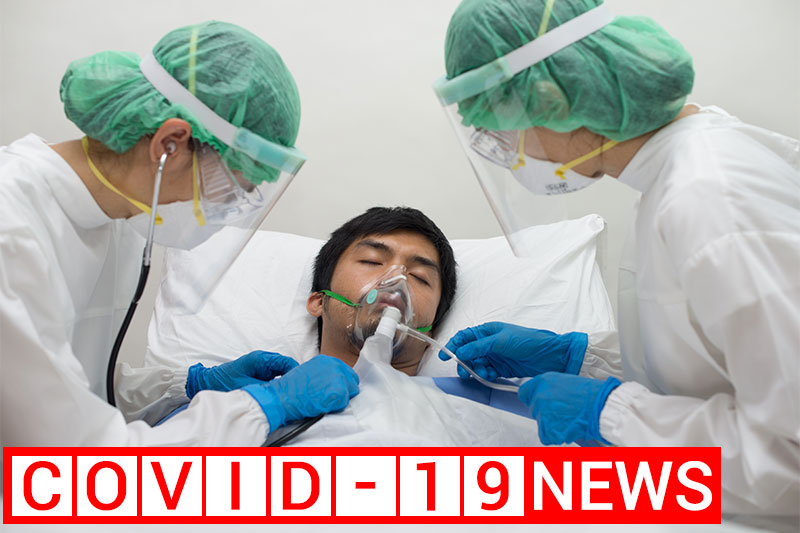
It has been found that mass lockdowns are not necessary as long as people wear masks in any indoor setting and social distance. In addition to that, technicians and scientists that are working on the vaccine are learning a lot through that process as well about the virus. As a result, doctors have made changes on how to better treat COVID-19 patients. Let’s go over the 9 changes now.
Proning Practice
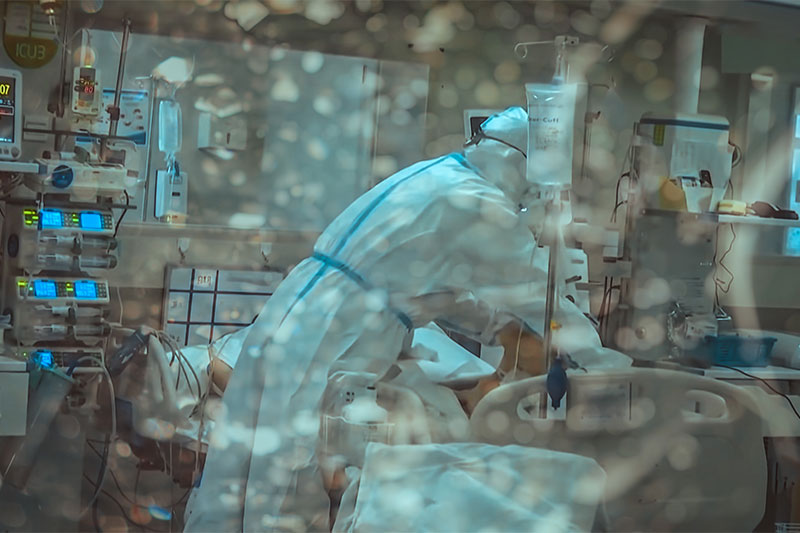
Hospitals treating COVID-19 patients are finding that positioning patients on their stomachs to help facilitate breathing is helping patients. It helps to relieve the pressure on their lungs. Patients are told to roll on their stomachs as they wait for intubation for ventilation. This helps many patients breathe better.
Convalescent Plasma
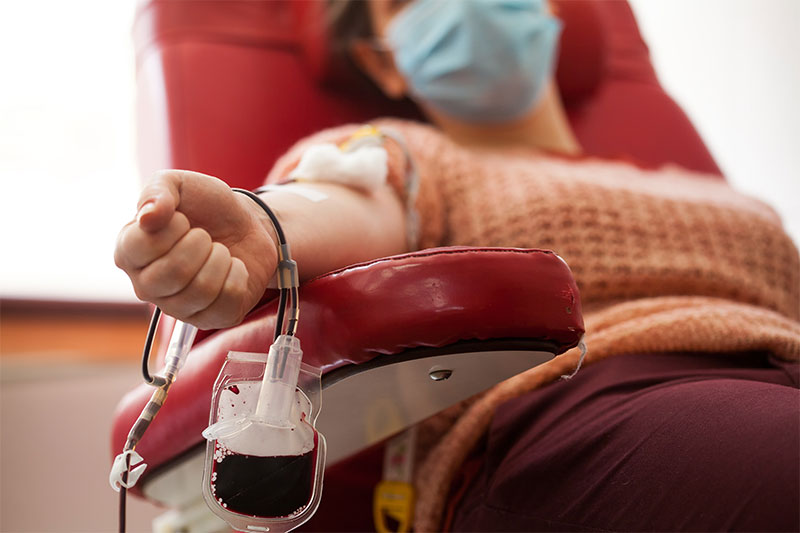
Many clinical trials are conducted on COVID-19 patients and there has been a lot of success with treating patients with the virus with convalescent plasma. Convalescent plasma is the blood that contains antibodies from patients that have recovered from the virus. It has helped these patients drastically as they don’t need as much oxygen support.
The Antiviral Remdesivir
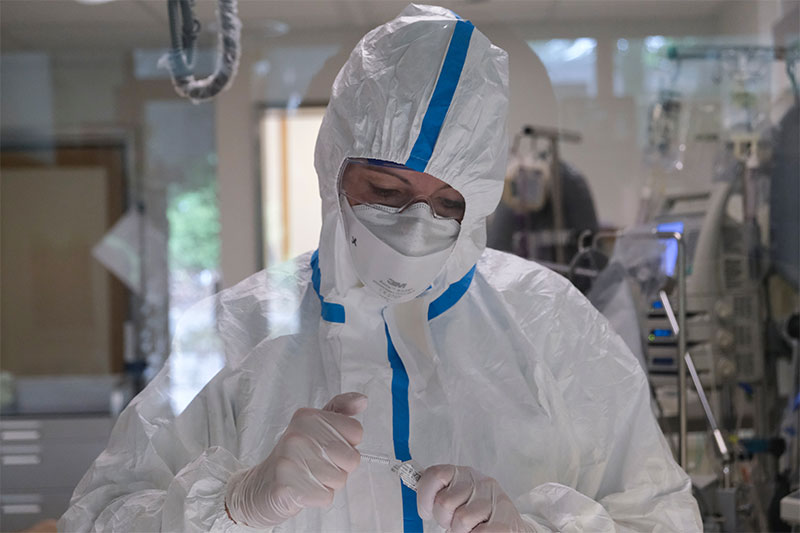
It is still quite early to know which treatments can work best for COVID-19 but there has been a lot of success with the use of the antiviral drug, Remdesivir. Patients who have received this drug have recovered from the virus quicker and are drastically a lot less likely to die from complications of the virus. But the trick is to use it very early on before the virus advances or else it won’t be overly helpful.
Treating COVID-19 Patients The Same As Patients With ARDS
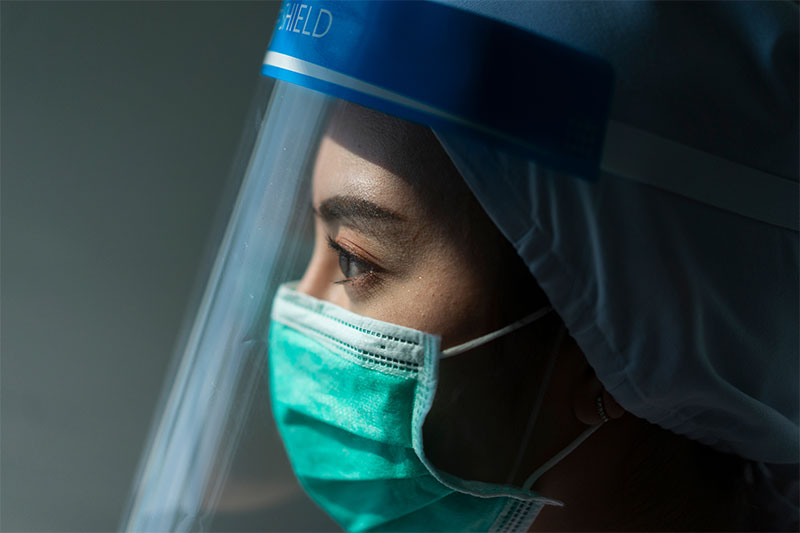
Patients that have had acute respiratory distress syndrome (ARDS) which is caused by severe lung inflammation receive critical care. Better outcomes have occurred in patients with COVID-19 who were treated the same way. This means by not using too much ventilation because that can cause too much damage for COVID-19 patients the same way it does to ARDS patients. Even though both conditions are very different, the same protocols used for both have been helpful.
Information Sharing
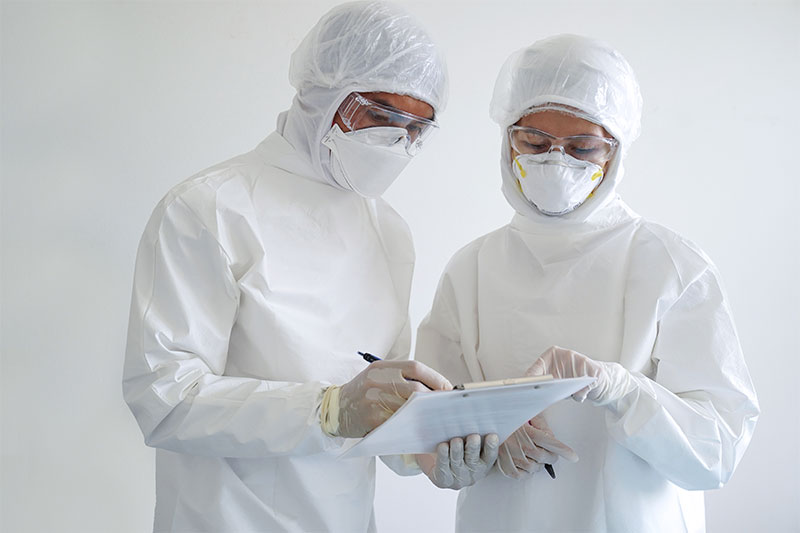
Increased information sharing between medical personnel elsewhere has been helpful for treating COVID-19 patients. If one hospital develops one policy because of implementing something that they found has been helpful to Coronavirus patients, then they share it with others around. If another hospital finds something helpful, then they share it with others as well, and so on.
Letting Some Patients Stay At Home

Allowing a COVID-19 patient to allow the virus to run its course at home instead of the hospital may sound counter-intuitive. However, patients who are healthy, young, and have less severe symptoms can manage and monitor themselves at home. This frees up beds and space at hospitals for patients who are more severely impacted by the virus.
Delaying Ventilation If Possible

When the virus hit and the pandemic were declared, many doctors were immediately putting patients on ventilators. It seems logical to do that if a patient is struggling to breathe. However, complications do happen from intubation. It can cause changes to the way a patient breathes and the body becomes traumatized from it as well. In some cases, there is not a choice, but in many patients, ventilation may not be necessary even if it appeared that way at first.
Putting Patients On Dexamethasone

Dexamethasone is an anti-inflammatory steroid and in combination with the antiviral drug, Remdesivir, this has been proven to be helpful as long as they are administered early on. The steroid can help make the recovery even quicker than just putting the patient on the antiviral drug alone.
Adaptability That Has Been Improved
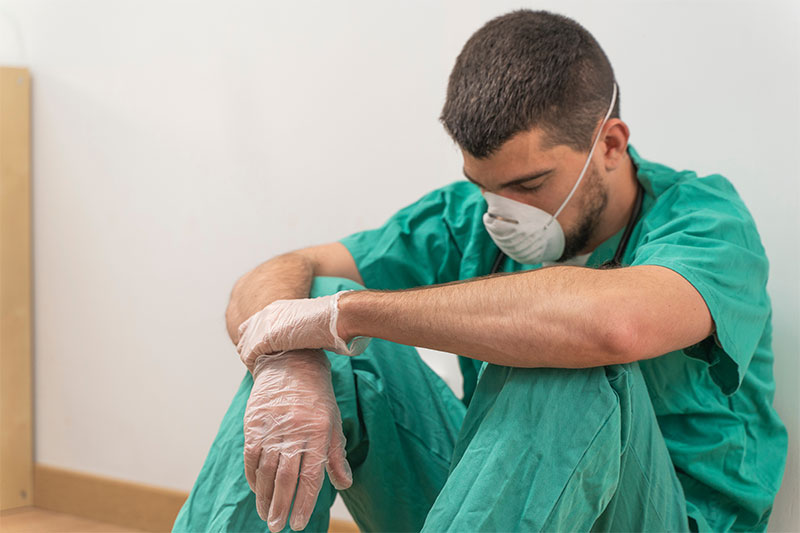
At first, hospitals in many countries were dealing with huge crises because of being overloaded with COVID-19 patients. However, the time has elapsed and hospitals have found ways to restructure workforces to increase capacity for the surge. In other words, hospitals have become more organized and found ways to treat COVID-19 patients effectively without becoming overloaded.
The more that medical experts and scientists are learning about COVID-19, the better the outcome it will be for patients that have the virus. And while many people are patiently waiting for the vaccine, trials are conducted for treatments as well. New treatments will emerge over time as well. Therefore, COVID-19 will be much better understood and treatable than it was when the world was first hit with the pandemic.


